Back Tattoos

So, you’ve been contemplating getting a tattoo and you’re looking for something that will make a bold statement. Well, look no further than back tattoos. With their large canvas and the ability to be covered up or shown off, back tattoos have become a popular choice for those wanting to express themselves in a unique and eye-catching way. Whether you’re dreaming of a majestic full-back piece or a delicate design that peaks out from under your clothes, back tattoos offer endless possibilities for self-expression. Get ready to turn heads and make a lasting impression with a stunning piece of artwork on your back.
Beautiful Back Tattoos (Please Pin Your Favorite Pics)
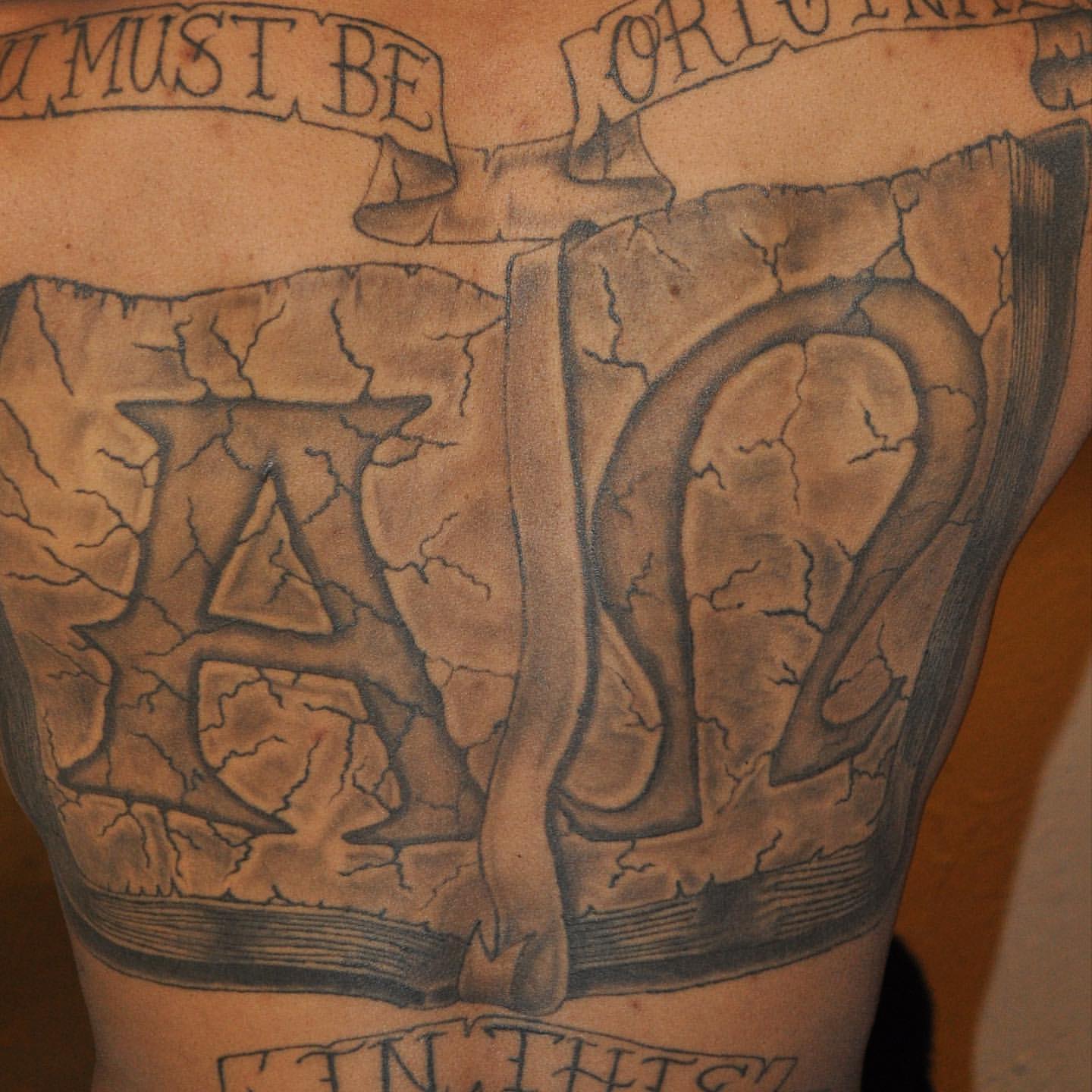
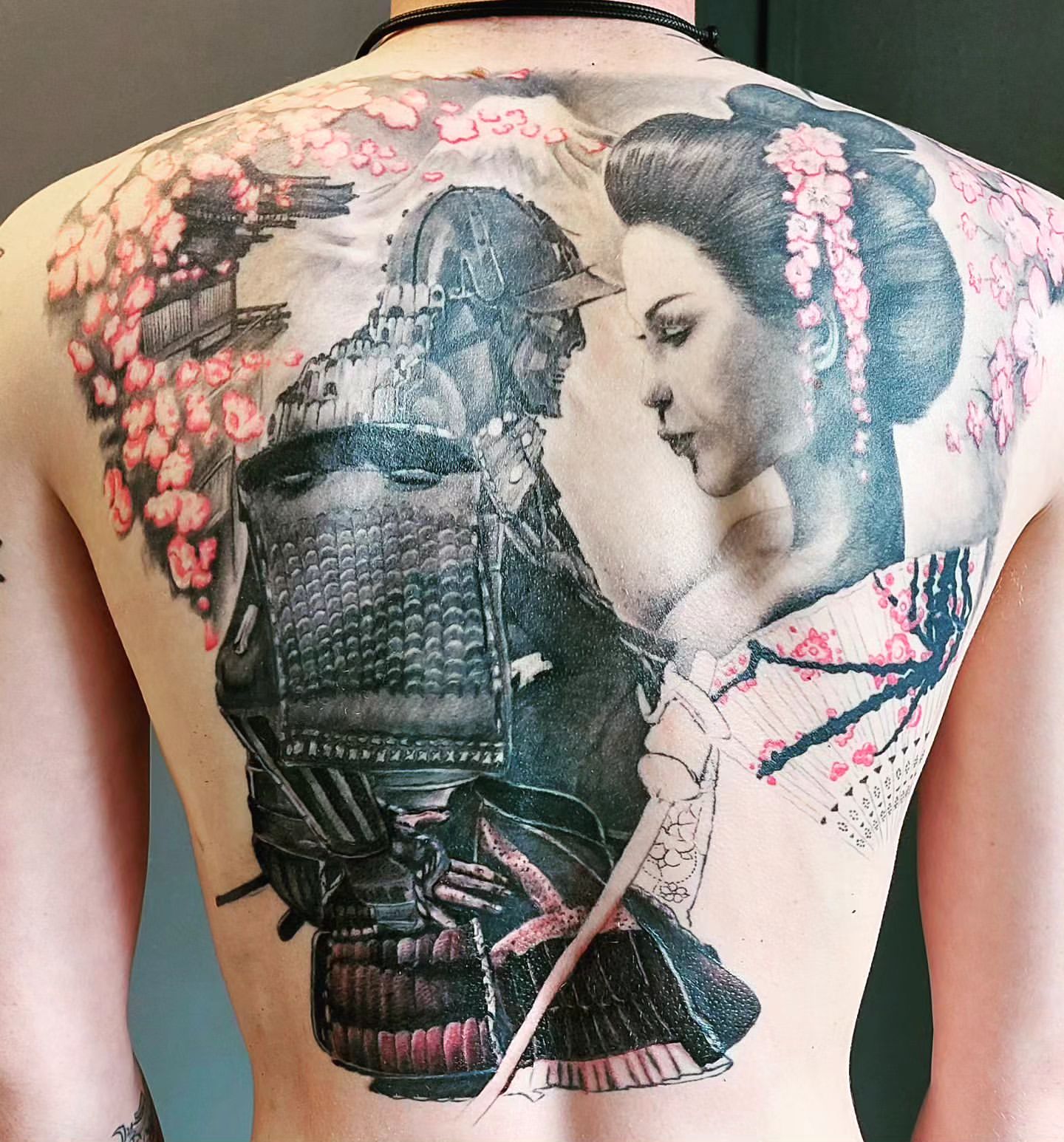

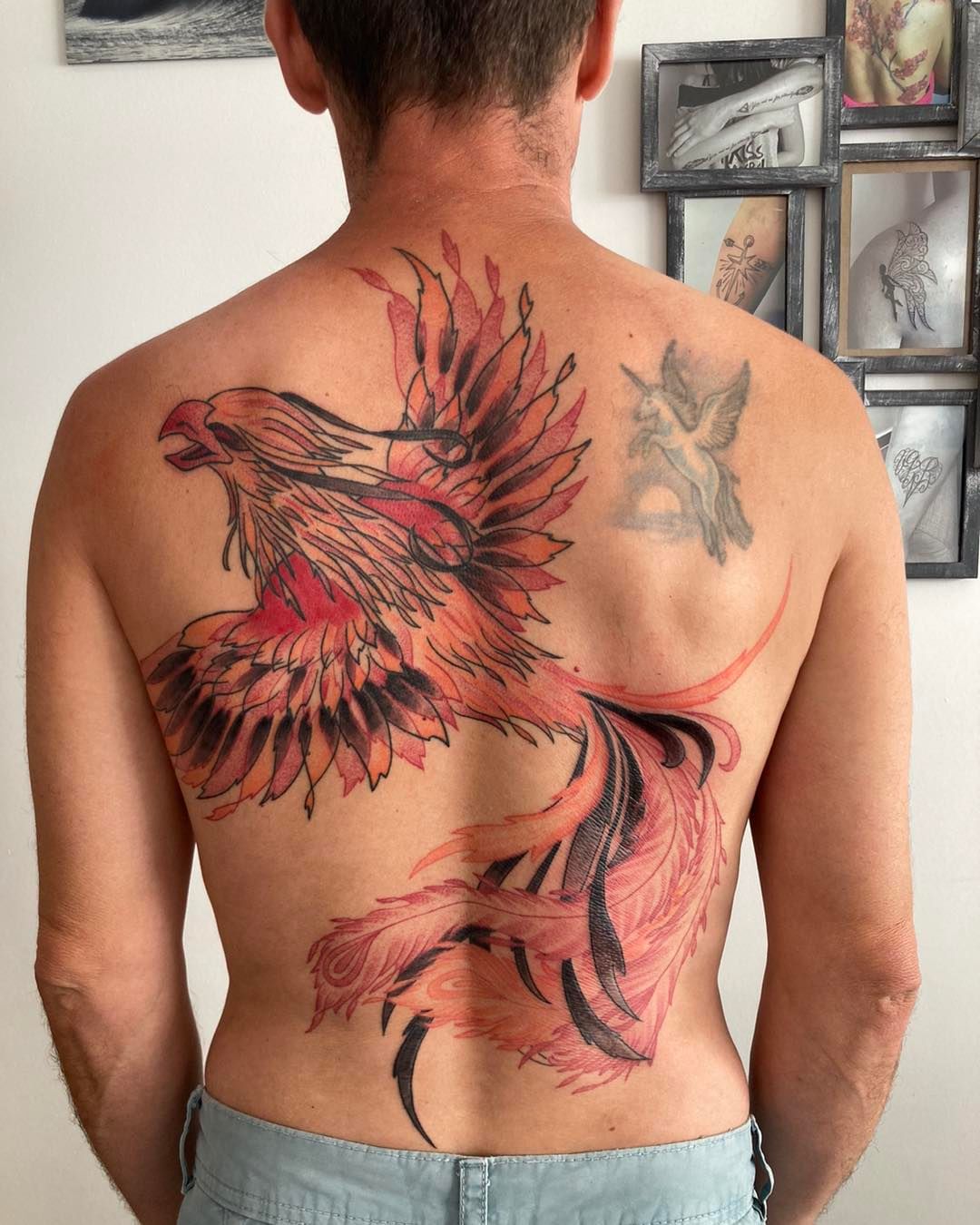
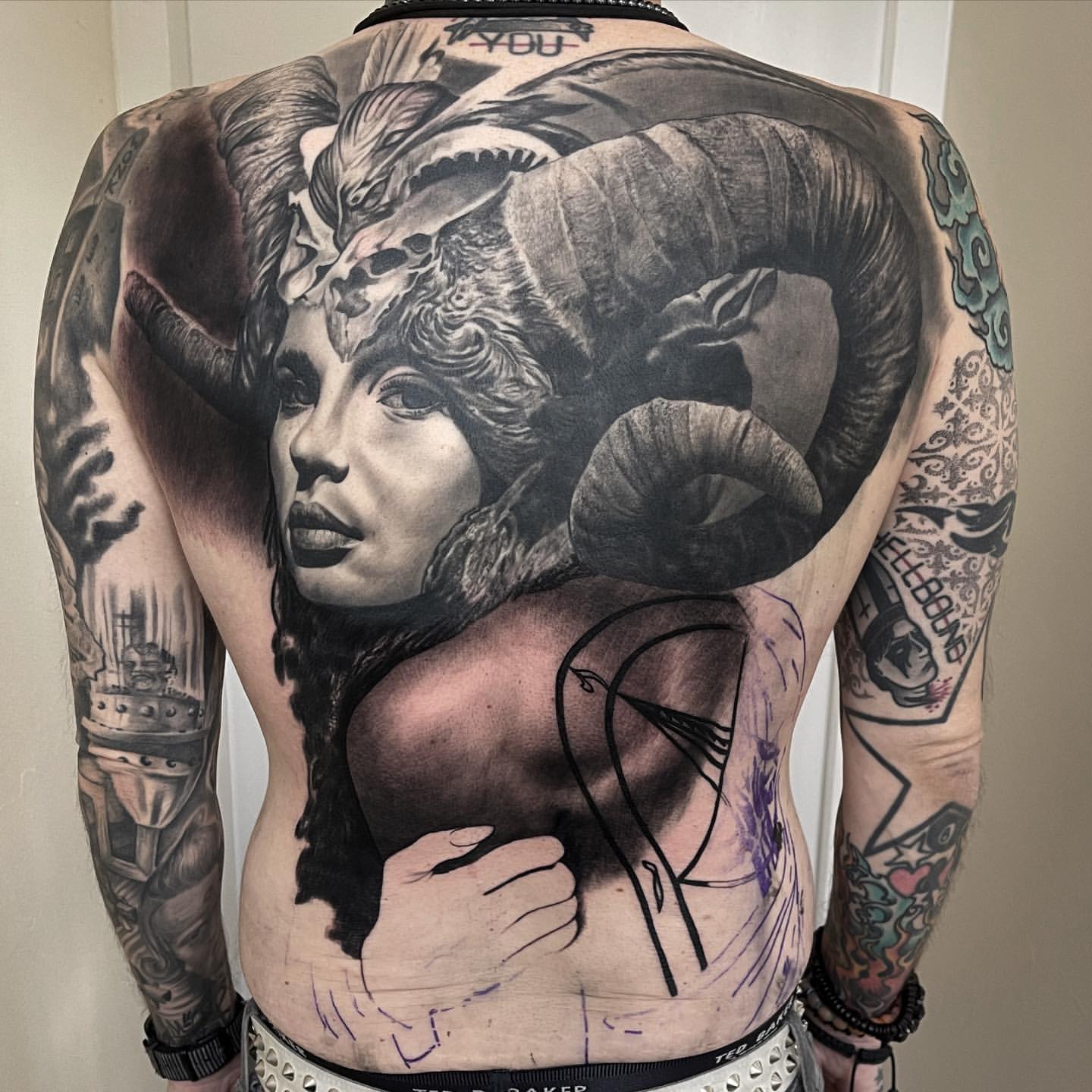
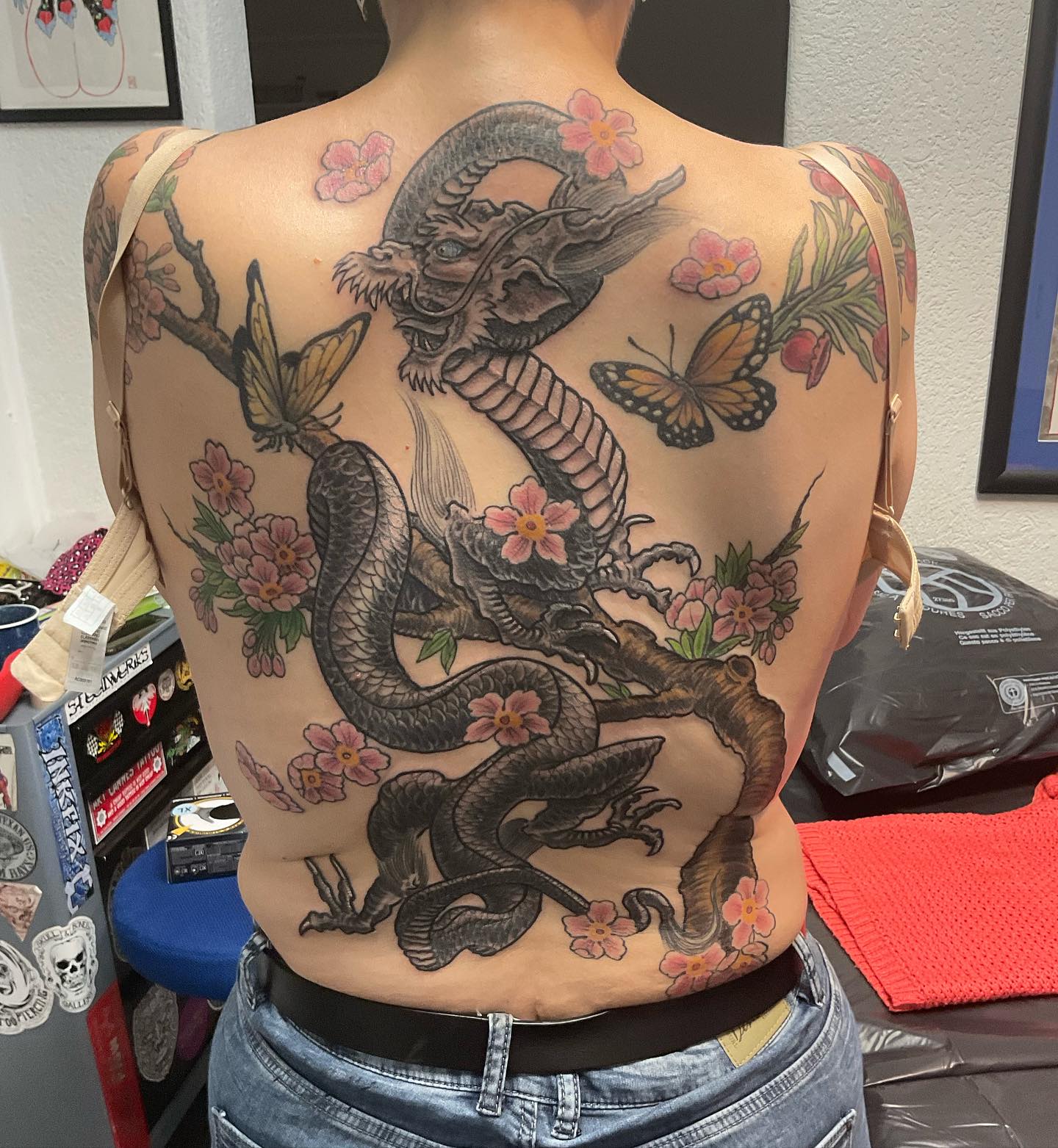

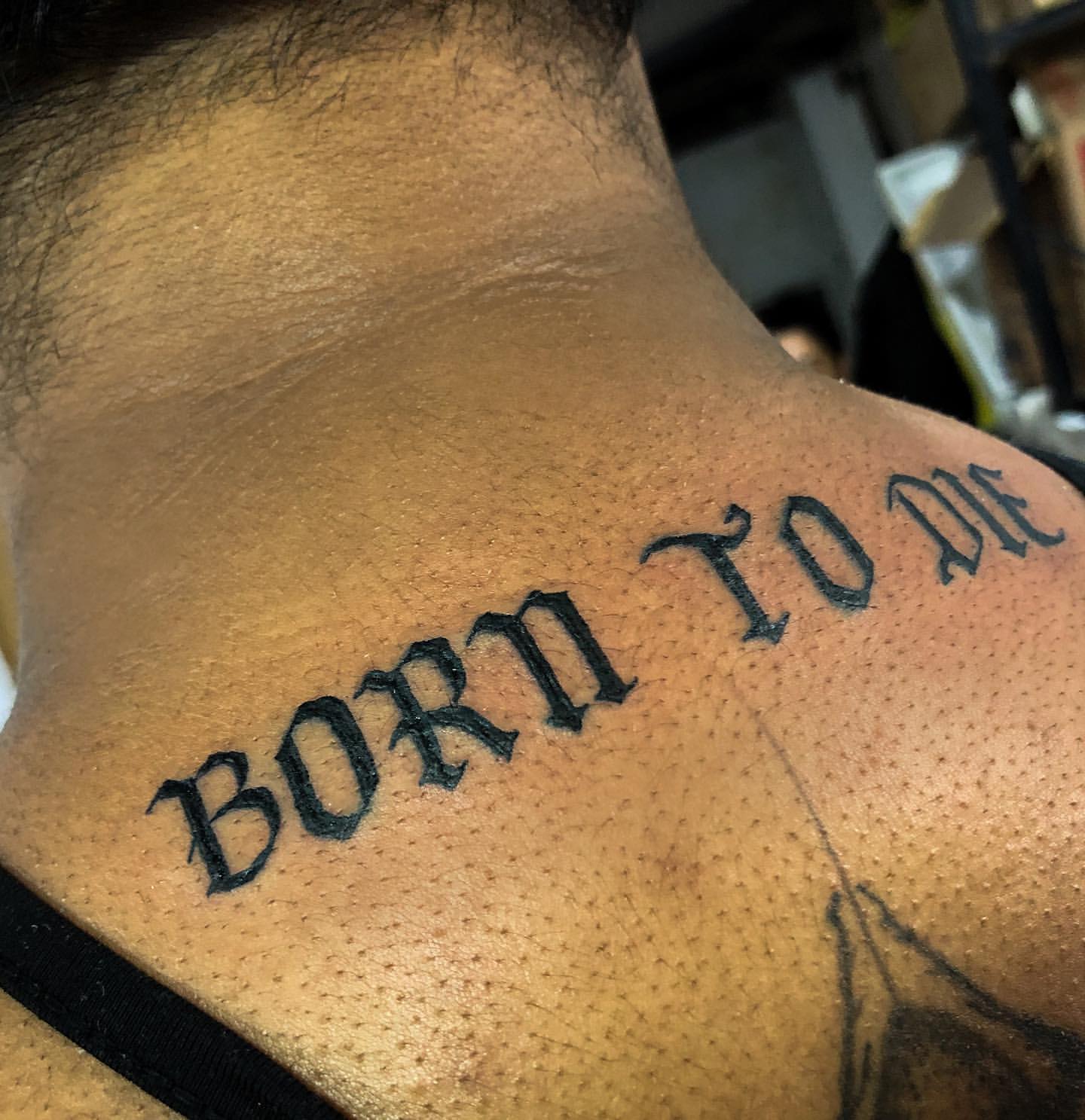
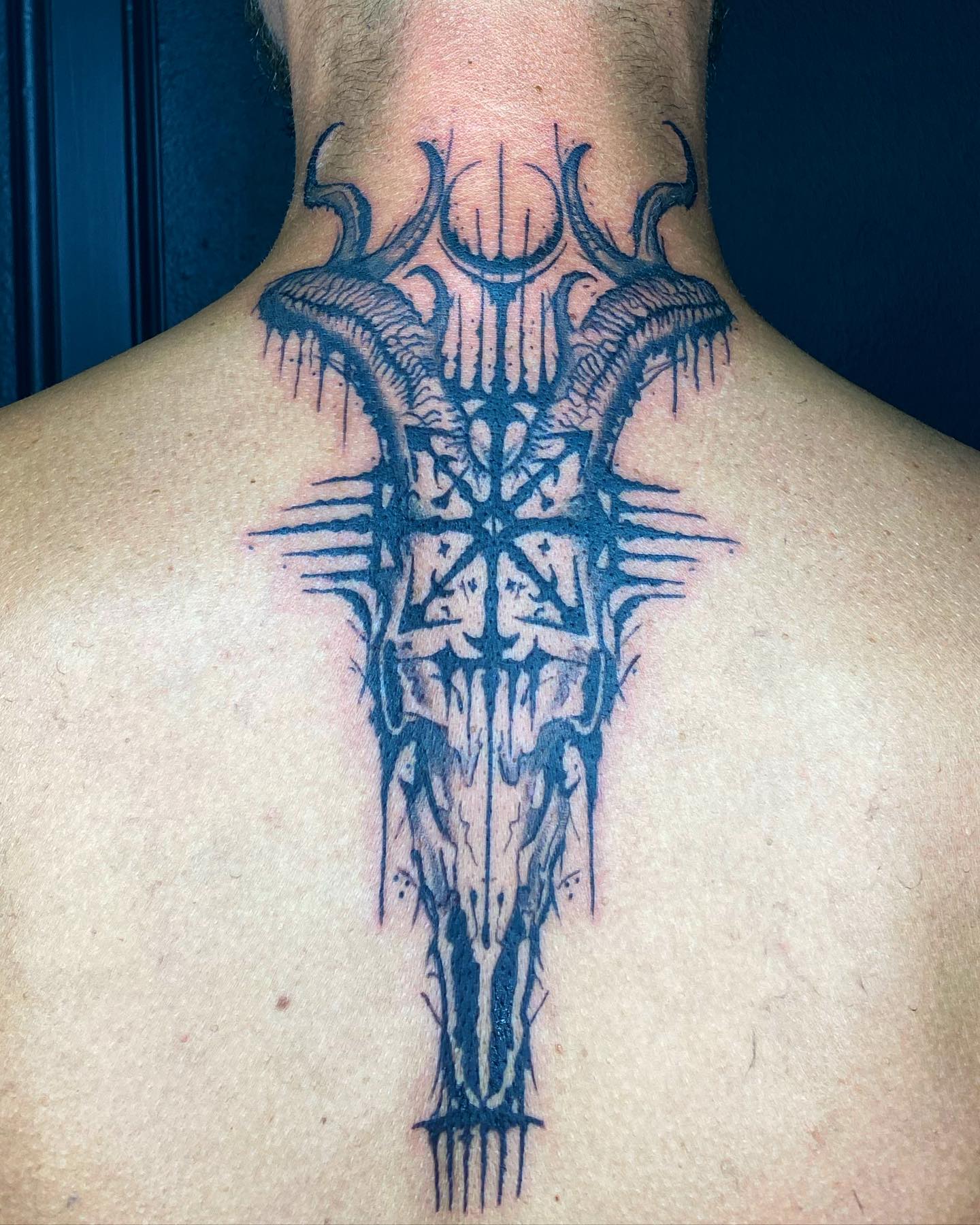
Historical significance of back tattoos
Back tattoos have been present for centuries and hold a significant place in various cultures. In ancient times, back tattoos were often associated with tribal rituals, marking important milestones, or serving as a symbol of strength and protection. In some cultures, such as the Maori tribe in New Zealand, back tattoos represented the wearer’s lineage and social status.
Popularity of back tattoos
Back tattoos have become increasingly popular in recent years, with many celebrities and influencers showcasing their elaborate designs. The back provides a larger canvas compared to other body parts, allowing for more intricate and detailed artwork. Additionally, back tattoos can be easily concealed, making them a popular choice for individuals who want the option to display or hide their tattoos as desired.
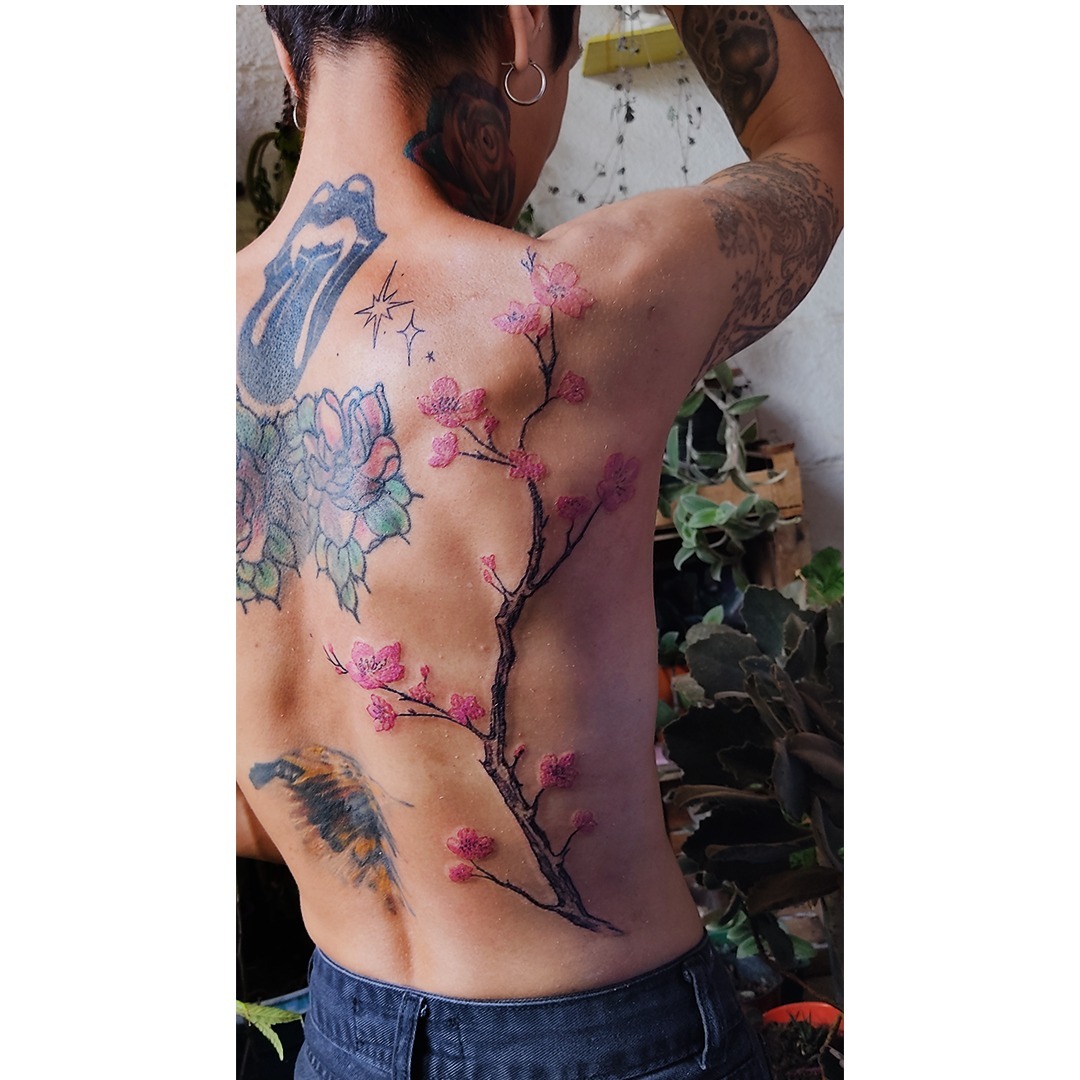




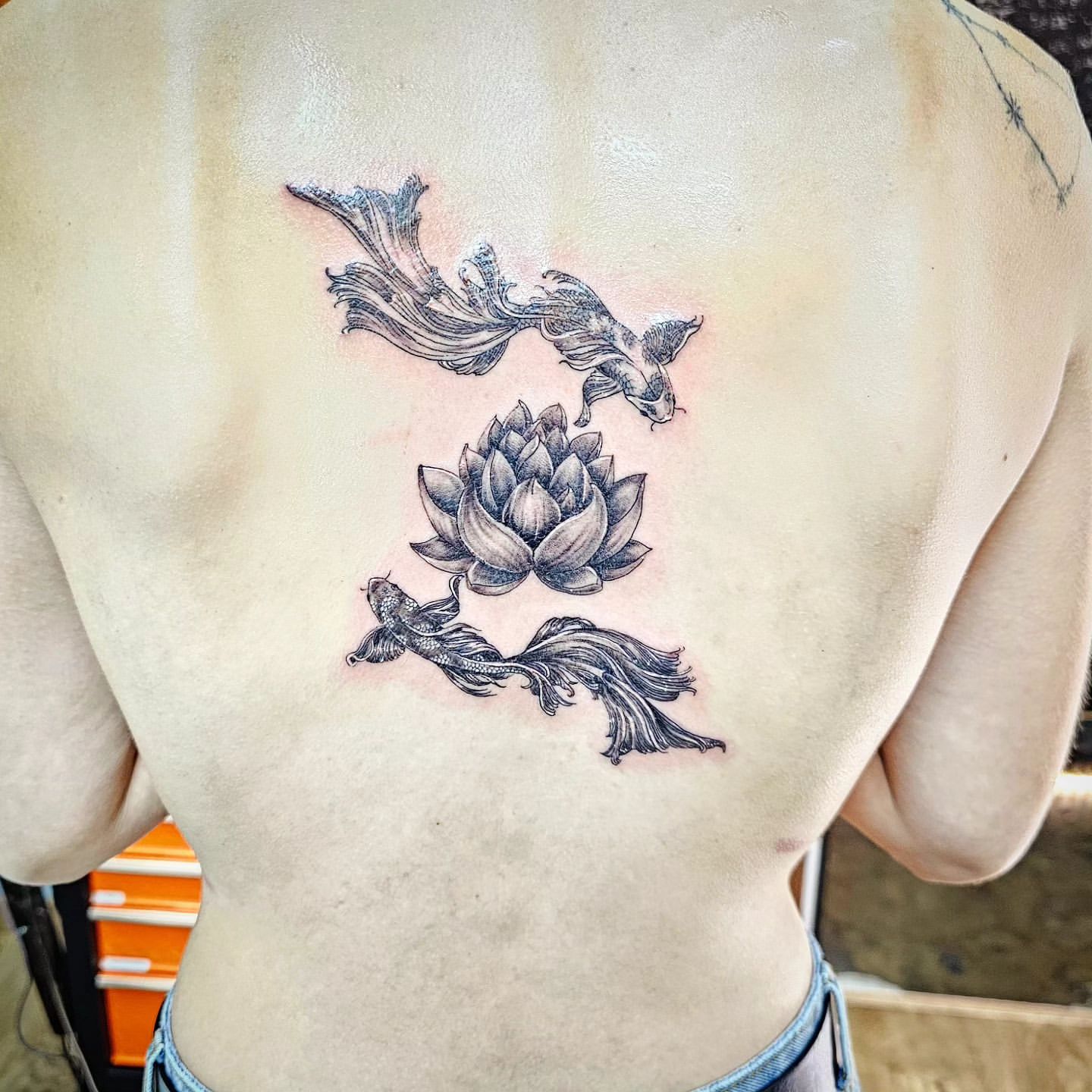

.
.
.
.
#backtattoo #spiritualtattoo #graphictattoo #tätowierungen #moderntattoo #bngsociety #inkjunkeyz #arttattoos #finelinetattoo #tattooist #tattooinspiration #mountaintattoo #tattoosketch #freshink #inkmaster #tattoodelicate #inktattoo #microtattoo #tattoooftheday #graphictattoo #sacredtattoo #blacktattooartist #tatuaggio #newink #illustrationtattoo #inkjunkeyz #tattedup

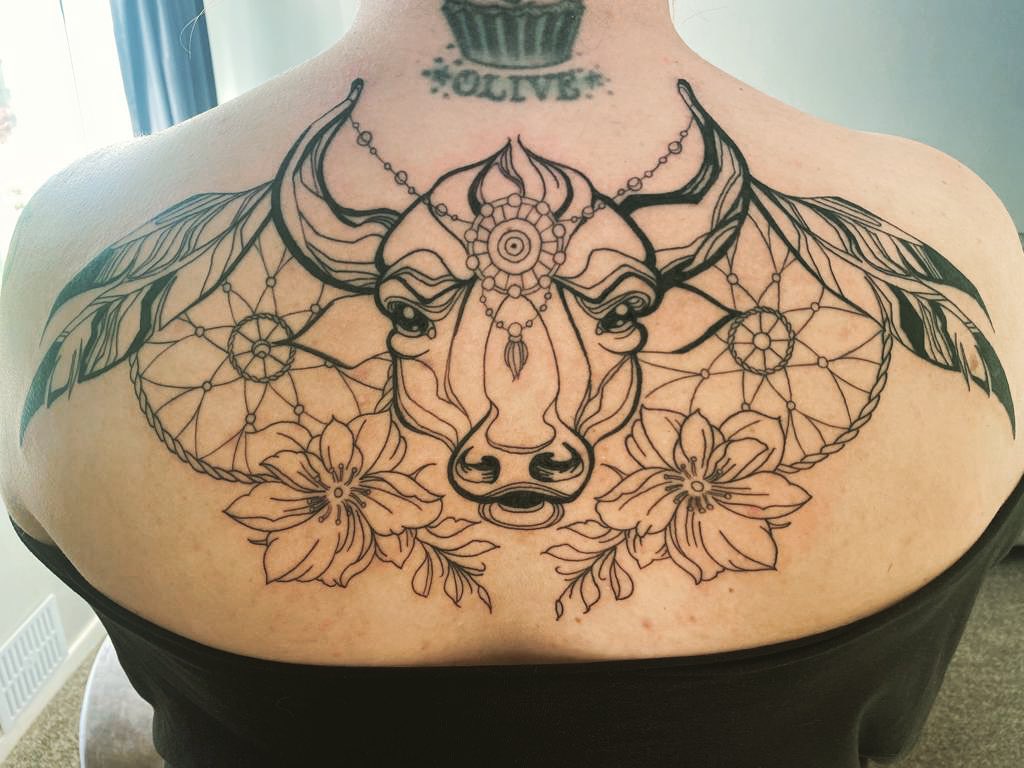
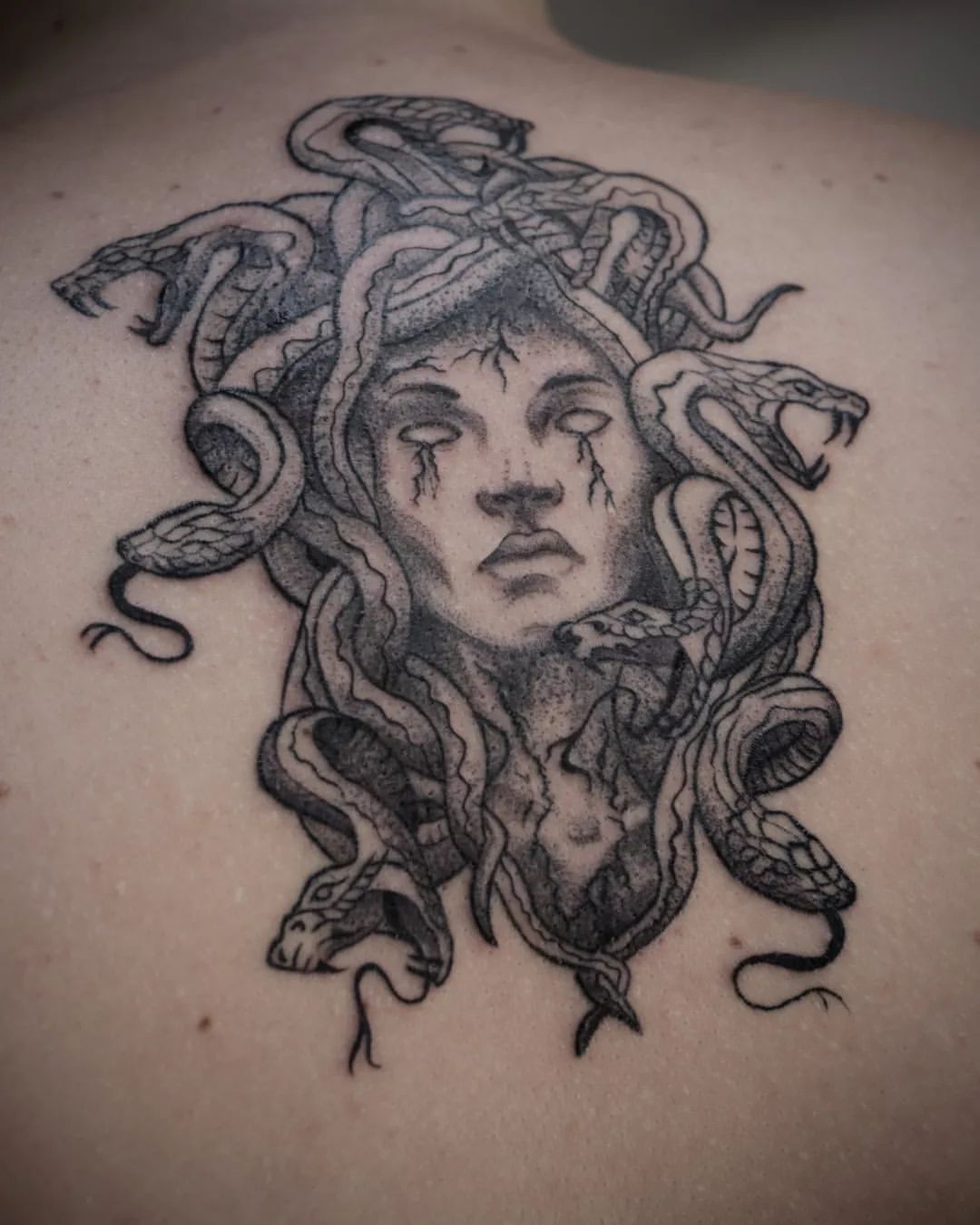
Back tattoos have a long historical significance and have gained immense popularity in recent years. They are a form of body art that allows individuals to express themselves and showcase their unique personality. Understanding the historical significance, the popularity among different demographics, and the various types and designs of back tattoos can help provide a comprehensive understanding of this art form.
Demographics who prefer back tattoos
Back tattoos are commonly preferred by both men and women of all ages. However, certain demographics tend to gravitate towards this location more than others. Young adults and individuals in the creative or artistic fields often choose back tattoos as a means of self-expression. Furthermore, those who value privacy may opt for back tattoos as they can be easily covered when necessary.
Types of Back Tattoos
Back tattoos can be categorized into different types based on their placement and coverage. Understanding these types can help individuals make informed decisions when considering a back tattoo.
Full back tattoos
Full back tattoos cover the entire back, from the base of the neck to the waistline. These tattoos often feature large-scale designs, such as intricate landscapes, mythical creatures, or abstract elements. Full back tattoos make a bold statement and require a significant commitment of time and patience from both the tattoo artist and the wearer.
Upper back tattoos
Upper back tattoos are located between the base of the neck and the shoulder blades. Due to the limited space, these tattoos are typically smaller in size and often depict symbols, quotes, or personal emblems. Upper back tattoos are easily visible and can serve as a source of inspiration or motivation for the wearer.
Lower back tattoos
Lower back tattoos, also known as “tramp stamps” in some circles, are positioned on the lower back near the waistline. These tattoos gained popularity in the early 2000s but have since become less trendy. Lower back tattoos can range from small and discreet designs to larger, more elaborate ones.
Mid-back tattoos
Mid-back tattoos are situated in the middle of the back, between the upper and lower sections. This area provides a suitable canvas for medium-sized designs such as mandalas, animals, and abstract patterns. Mid-back tattoos are versatile and can easily be showcased or concealed depending on the wearer’s preference.
Spine tattoos
Spine tattoos are placed along the length of the spine, highlighting its natural curves. These tattoos can be minimalistic or intricate, with designs that follow the contours of the spine. Spine tattoos can be visually striking and can symbolize strength, resilience, or spiritual connection.
Popular Back Tattoo Designs
Back tattoos offer a wide variety of design options, catering to different tastes and preferences. Here are some popular back tattoo designs:
Tribal designs
Tribal designs draw inspiration from ancient tribal cultures worldwide and feature bold, black lines and geometric patterns. These designs often symbolize strength, unity, and cultural heritage. Tribal back tattoos can be customized to represent personal meanings or can be chosen solely for their aesthetic appeal.
Floral designs
Floral designs are versatile and can range from delicate and feminine to bold and vibrant. Back tattoos featuring flowers, such as roses, lotuses, or cherry blossoms, are popular choices among both men and women. These designs can convey beauty, growth, and the fleeting nature of life.
Abstract designs
Abstract designs allow for artistic freedom and creativity. They often feature a mix of shapes, colors, and patterns, creating visually stunning compositions. Abstract back tattoos can be meaningful or purely artistic expressions, representing emotions, ideas, or personal experiences.
Portrait tattoos
Portrait tattoos involve capturing the likeness of a person or a beloved figure on the back. These tattoos require a skilled tattoo artist who can accurately depict facial features, expressions, and details. Portrait back tattoos can commemorate loved ones, pay tribute to cultural icons, or serve as a reminder of personal aspirations.
Script or text tattoos
Text tattoos on the back can include meaningful quotes, song lyrics, or personal mantras. These tattoos are commonly done in various script styles, such as calligraphy or typewriter fonts, to add a unique touch. Script or text back tattoos offer a way to express one’s beliefs, values, or passions through words.
Cultural Significance of Back Tattoos
Back tattoos hold significant cultural importance in various societies around the world. Understanding their cultural significance can deepen the appreciation for back tattoos and their symbolism.
Back tattoos in Japanese Yakuza
In Japanese culture, back tattoos play a significant role in the criminal organization known as the Yakuza. These elaborate full-back tattoos, known as “irezumi,” serve as a testament to the wearer’s loyalty, courage, and resilience. The process of getting an irezumi back tattoo is highly traditional and involves painstakingly intricate designs that often depict mythological creatures, symbolism, and ancestral lineage.
Native American tribal tattoos
Tribal tattoos have been a part of Native American culture for centuries. These tattoos trace their origins back to indigenous tribes and often incorporate tribal symbols, animals, and nature motifs. Back tattoos in Native American tribes can represent personal identity, cultural heritage, or spiritual beliefs.
Maori tattoos
Maori tattoos, or “moko,” are a form of traditional body art originating from the indigenous Maori people of New Zealand. These intricate tattoos hold immense cultural significance and often tell the story of the wearer’s ancestry, social status, and personal achievements. In Maori culture, back tattoos that extend to the buttocks and thighs are believed to enhance fertility and protect against evil spirits.
Hinduistic and Buddhist-themed tattoos
In Hinduistic and Buddhist cultures, back tattoos can depict deities, sacred symbols, or mantras. These tattoos serve as a means of spiritual connection and devotion. Hindu and Buddhist back tattoos often feature intricate details and vibrant colors, representing the rich symbolism and mythology associated with these religions.
The Process of Getting a Back Tattoo
Getting a back tattoo involves several essential steps. Understanding this process can help individuals feel more prepared and confident when embarking on their tattoo journey.
Choosing the right tattoo studio
Selecting a reputable and professional tattoo studio is crucial for a positive tattoo experience. Researching studios in your area, reading reviews, and examining portfolios of tattoo artists can help you make an informed decision. Cleanliness, adherence to safety protocols, and a welcoming environment are important factors to consider when choosing a tattoo studio.
Consulting with a tattoo artist
Consulting with a tattoo artist is an important step in the tattoo process. During this consultation, you can discuss your design ideas, placement options, and any concerns or questions you may have. The tattoo artist can provide valuable insights, offer suggestions, and help you visualize how the tattoo will look on your back.
The inking process
Once you have finalized the design and made all necessary preparations, the tattoo artist will begin the inking process. They will clean and shave the area, transfer the design onto your back, and start tattooing using sterilized needles and high-quality ink. The process can be uncomfortable, but the tattoo artist will work with you to ensure your comfort and manage any pain.
Post-tattoo care
After the tattoo is complete, the tattoo artist will provide detailed aftercare instructions. Proper aftercare is crucial for the healing process and the longevity of your back tattoo. This may involve keeping the tattoo clean, applying recommended ointments or creams, avoiding sun exposure, and refraining from activities that may irritate or damage the tattooed area. Following the aftercare instructions diligently will help prevent infections and ensure optimal healing.
Pain Level and Back Tattoos
Pain is often a concern for individuals considering a back tattoo. While pain tolerance varies from person to person, there are factors that can affect the pain level during the tattooing process.
Factors that affect pain level
Several factors can influence the pain level experienced during a back tattoo, including the individual’s pain tolerance, the location of the tattoo, and the size and complexity of the design. The back is generally considered one of the less painful areas to get tattooed due to the abundance of muscle and fat layers and the absence of many nerve endings.
Comparison of pain level with other body parts
In comparison to other body parts, such as the ribs, wrist, or feet, the pain experienced during a back tattoo is typically more tolerable. The back’s larger surface area and thicker skin provide a cushioning effect, making it more bearable for most people. However, certain areas near the spine, ribs, or hip bones may be more sensitive and cause discomfort.
Tips to manage pain
To manage pain during a back tattoo, it can be helpful to communicate openly with your tattoo artist about your comfort level. Taking breaks when needed, practicing deep breathing or relaxation techniques, and applying numbing creams or sprays (if permitted by the tattoo artist) can also help alleviate some discomfort. Remember that pain is subjective, and what may be painful for one person may be bearable for another.
Maintenance and Care of Back Tattoos
Proper maintenance and care are essential for preserving the appearance and longevity of a back tattoo. Following these aftercare tips can help ensure the tattoo looks vibrant and remains in good condition over time.
Importance of aftercare
Aftercare plays a vital role in the healing process of a back tattoo. It helps prevent infections, scarring, and color fading. Maintaining proper hygiene, avoiding exposure to sunlight, refraining from picking or scratching the tattoo, and following the tattoo artist’s aftercare instructions are crucial for achieving the best possible outcome.
Recommended aftercare products
Using recommended aftercare products can aid in the healing process and optimize the tattoo’s appearance. Mild, fragrance-free soaps, non-alcoholic tattoo moisturizers or ointments, and hypoallergenic bandages or dressings are commonly recommended. It is essential to avoid products that contain harsh chemicals, fragrances, or abrasive ingredients that can potentially irritate the tattooed skin.
Tips for maintaining crisp tattoo lines and colors
To maintain the crispness of tattoo lines and preserve vibrant colors, it is essential to protect the tattoo from excessive exposure to sunlight. UV rays can cause the tattoo’s ink to fade over time, resulting in a loss of clarity and vibrancy. Applying a broad-spectrum sunscreen with a high SPF to the tattooed area when exposed to the sun can help prolong the tattoo’s longevity.
Common misconceptions about Back Tattoos
There are several misconceptions surrounding back tattoos, including concerns about pain, health risks, and social stigma. Understanding these misconceptions can help dispel any doubts or concerns and provide a more accurate understanding of back tattoos.
Misconceptions about tattoo pain
One common misconception is that back tattoos are exceptionally painful. While everyone’s pain tolerance may vary, the back generally ranks lower on the pain scale compared to more sensitive areas, such as the ribs or feet. It is important to communicate openly with your tattoo artist about your pain tolerance and take breaks when needed.
Health-related misconceptions
Some people may believe that getting a back tattoo carries health risks, such as increased vulnerability to infections or complications. Reputable tattoo studios follow strict hygiene and safety protocols to minimize the risk of infections. By choosing a professional and licensed tattoo artist, adhering to aftercare instructions, and maintaining good overall health, the likelihood of experiencing health-related issues associated with back tattoos can be significantly reduced.
Social stigma attached to back tattoos
There may still be some social stigma attached to back tattoos, particularly in certain professional or conservative environments. However, societal perceptions towards tattoos have significantly evolved, and they are increasingly seen as a form of self-expression and art. To avoid any potential negative judgments, individuals can choose tattoo designs and placements that can be easily covered when needed, providing the option to showcase or conceal the tattoo as desired.
Removing and Altering Back Tattoos
While back tattoos are meant to be permanent, there may be instances where individuals consider tattoo removal or alteration for various reasons. Understanding the available methods and the potential impact on the skin and underlying tissues is crucial when considering these options.
Reasons for wanting tattoo removal or alteration
Reasons for wanting to remove or alter a back tattoo can vary greatly from person to person. Changes in personal preferences, significant life events, or career considerations may lead someone to seek tattoo removal or alteration. It is essential to carefully consider these reasons and consult with a professional tattoo removal specialist or artist to explore the available options.
Methods of tattoo removal
Several methods are available for tattoo removal, each with its advantages and drawbacks. Laser tattoo removal is a commonly used method that breaks down the tattoo ink particles using targeted laser energy. Other methods include surgical removal, dermabrasion, and tattoo cover-ups. Each method has its own risks and considerations, and it is crucial to seek professional advice before proceeding.
Impact on skin and underlying tissues
The impact of tattoo removal or alteration on the skin and underlying tissues depends on several factors, including the size, color, and depth of the original tattoo. Laser tattoo removal, for example, may cause temporary redness, swelling, or blistering. Surgical removal may result in scarring, and cover-ups may require a larger, more complex design to effectively conceal the original tattoo. It is important to discuss the potential risks and outcome expectations with a professional before deciding on any removal or alteration process.
Future Trends in Back Tattoos
As with any art form, back tattoos continue to evolve and experience shifting trends. Several factors, such as the influence of social media, emerging tattoo styles, and changing perceptions, contribute to the future direction of back tattoos.
Influence of social media on tattoo trends
Social media platforms have played a significant role in shaping tattoo trends, allowing artists and enthusiasts to showcase their work and influence others. The accessibility of tattoo inspiration on platforms such as Instagram and Pinterest has led to the rapid dissemination of various tattoo styles and designs. This influence is likely to continue shaping the future trends of back tattoos.
Emergence of new tattoo styles
Tattoo styles are constantly evolving as artists experiment with new techniques, materials, and approaches. As a result, new and innovative tattoo styles are emerging, offering individuals a wide array of options for their back tattoos. Watercolor tattoos, minimalistic designs, and geometric patterns are a few examples of popular emerging styles that may gain more traction in the future.
Shift in perceptions towards back tattoos
The stigma surrounding tattoos, including back tattoos, has significantly diminished in recent years. Tattoos are now widely recognized as a legitimate and respected form of self-expression and artistic creativity. This shift in perceptions is likely to continue, leading to more widespread acceptance and appreciation of back tattoos in various social and professional settings.
In conclusion, back tattoos have a rich historical significance and have become increasingly popular in recent years. Understanding the different types and designs of back tattoos, their cultural significance, and the process of getting and caring for a back tattoo provides valuable insights for individuals considering this form of body art. As perceptions continue to evolve and new trends emerge, back tattoos will continue to be a powerful means of self-expression and artistic creativity.


